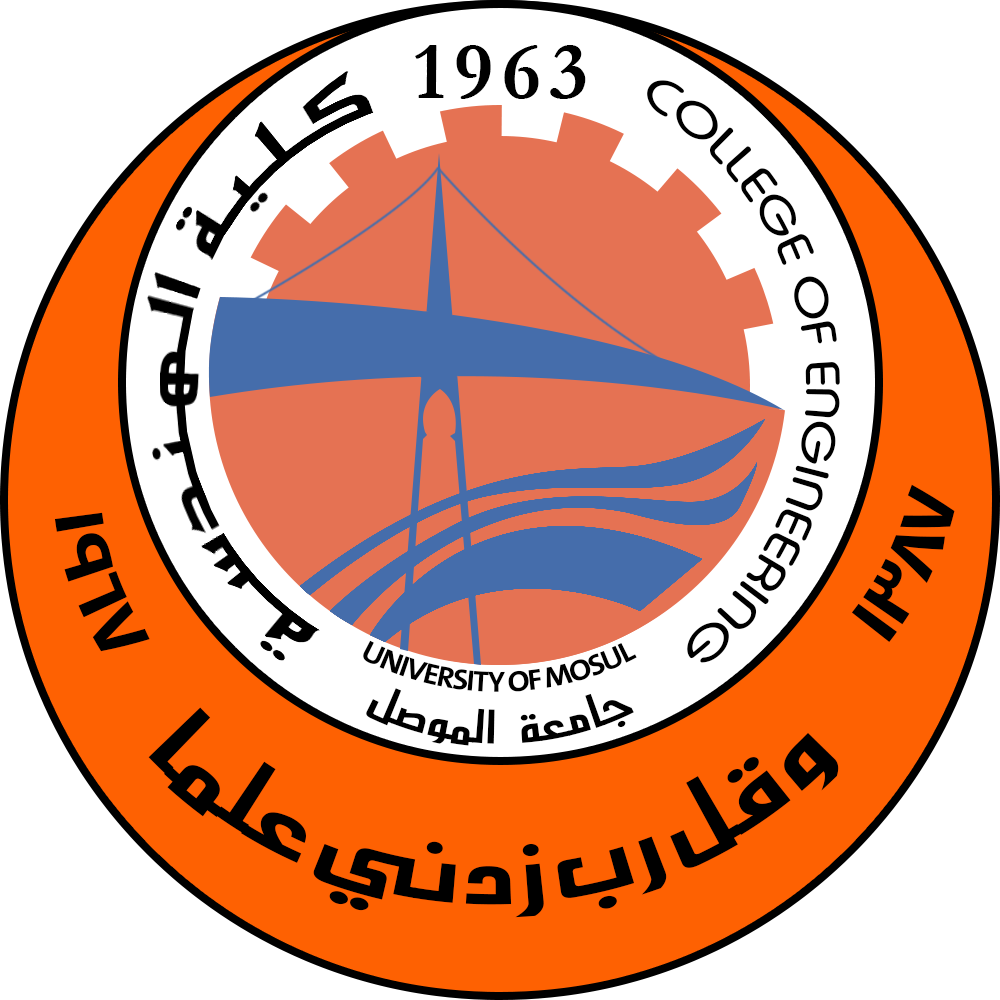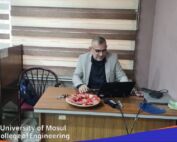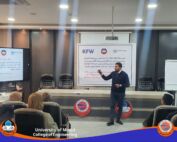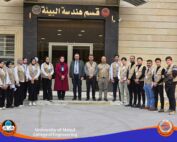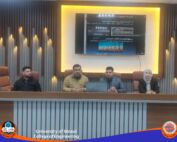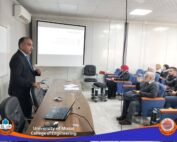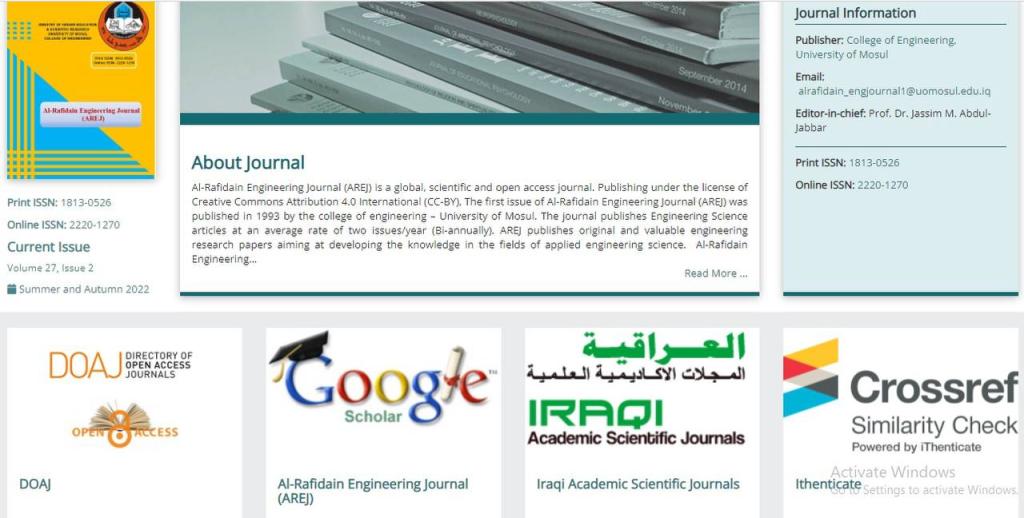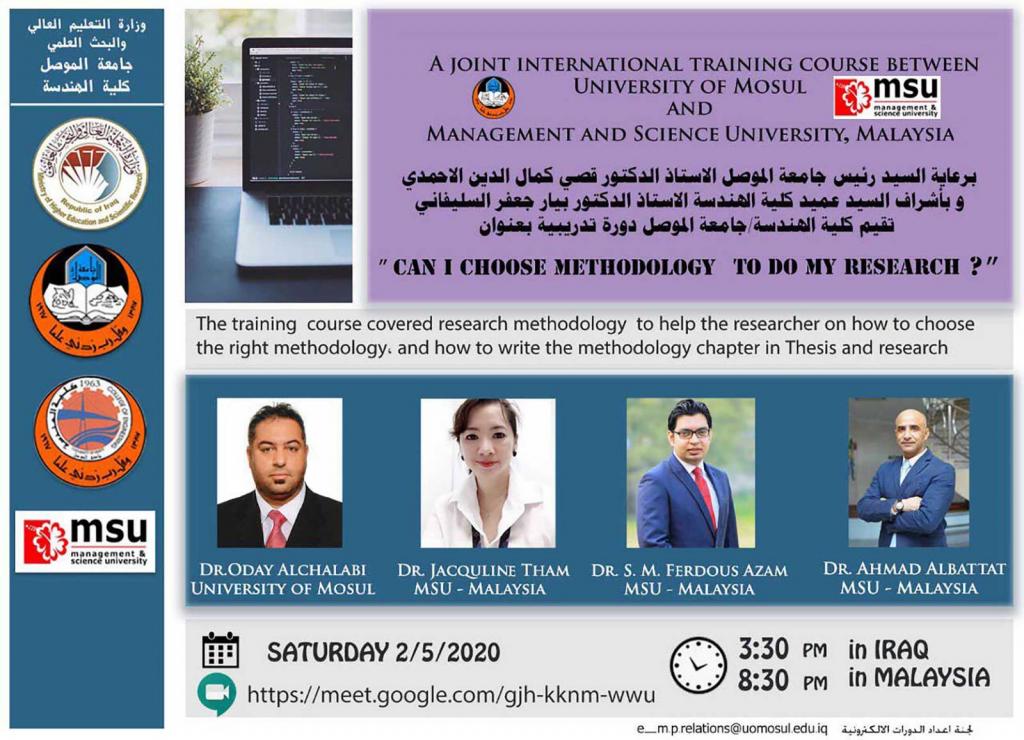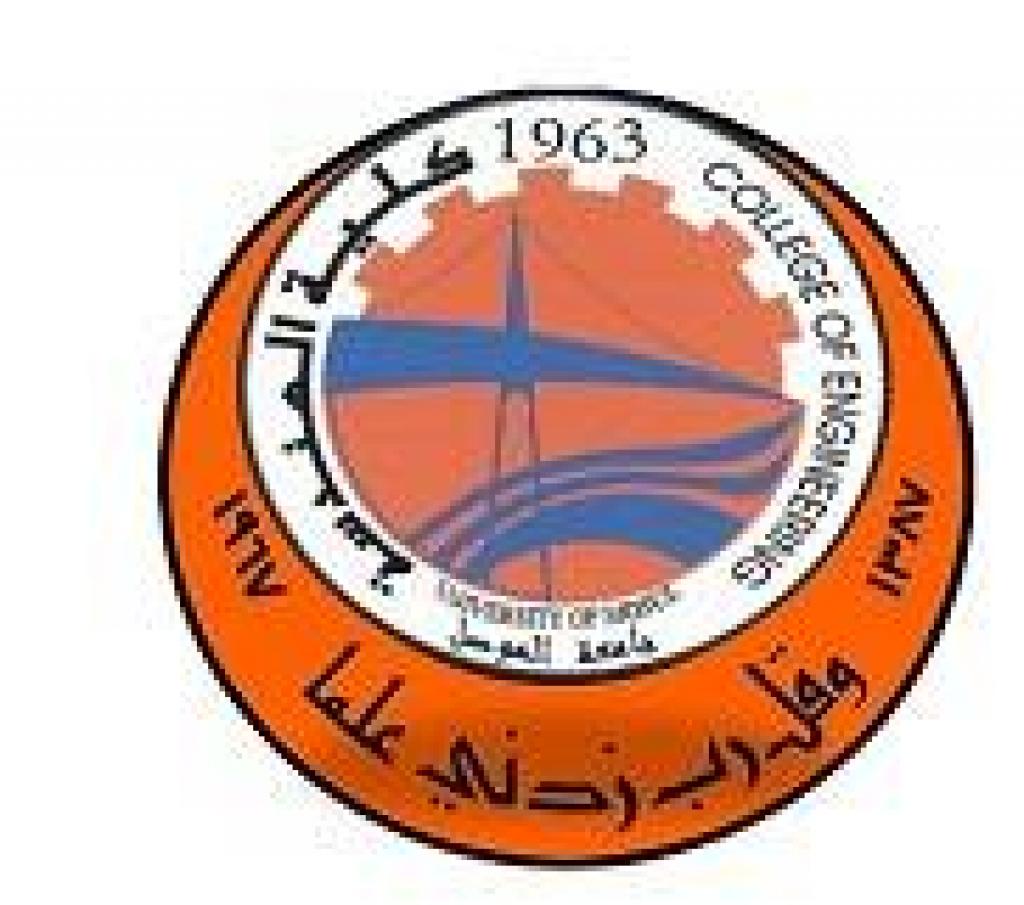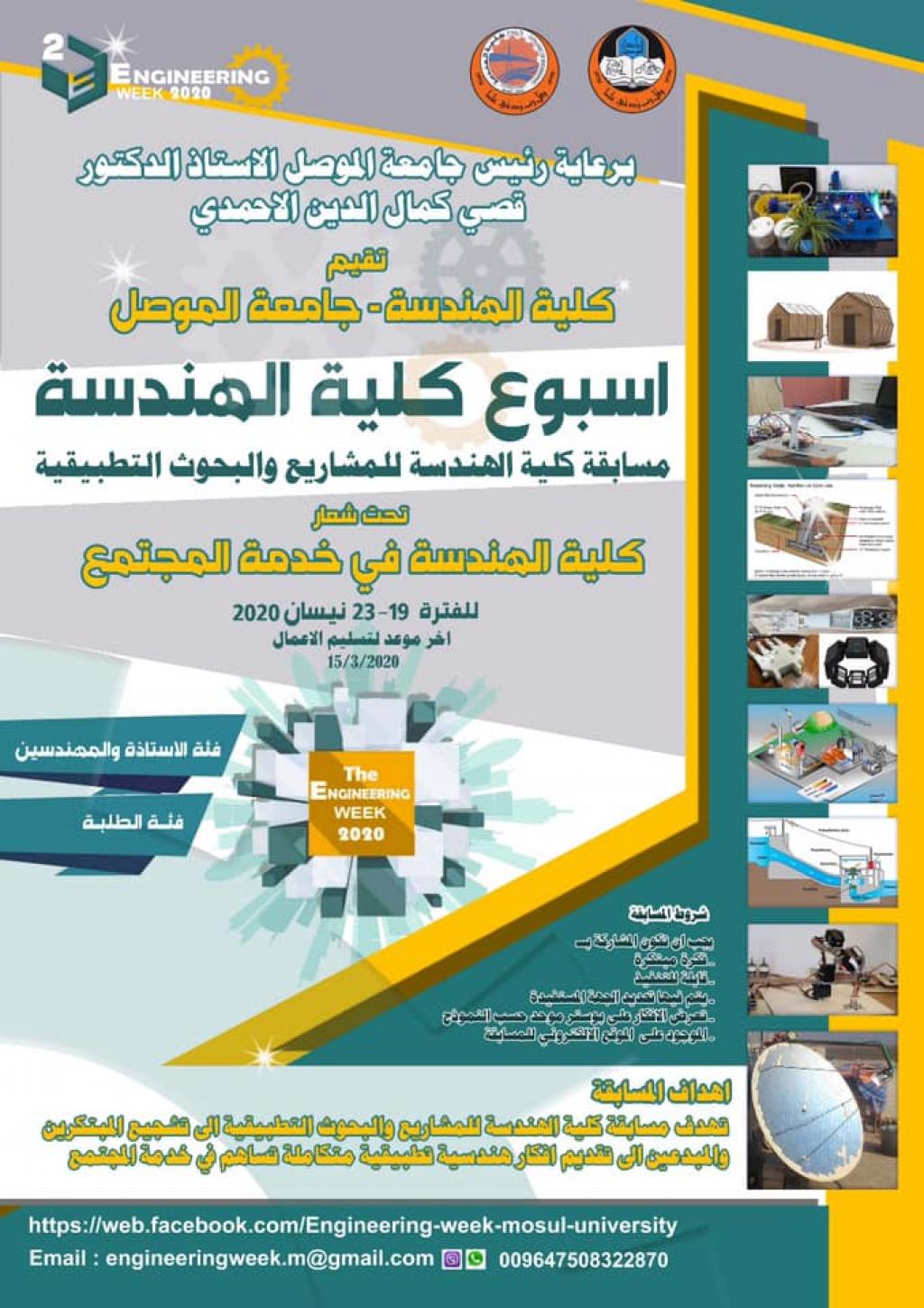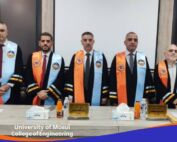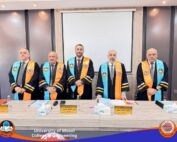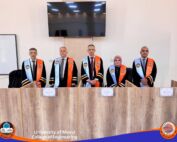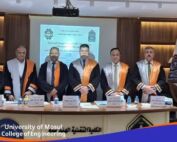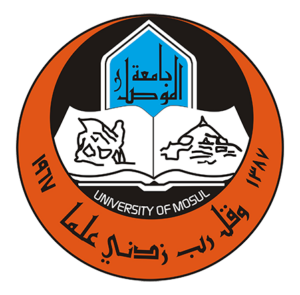3 February، 2022
Higher Diploma Research on “Design and Simulation of Computer Network using Network Simulator NS3”
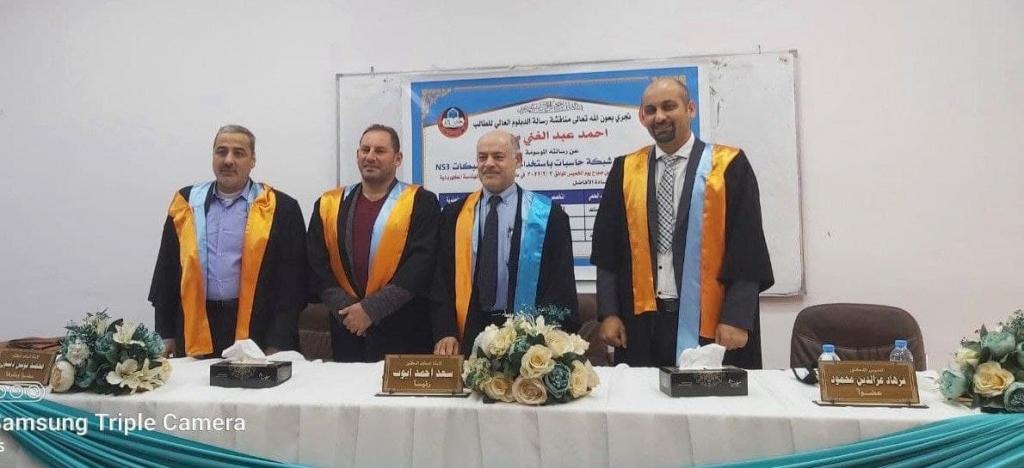
A Higher Diploma Research was discussed in Department of Electrical Engineering / College of Engineering / University of Mosul entitled “Design and Simulation of Computer Network using Network Simulator NS3” submitted by postgraduate student (Ahmed Abdulghani Majeed), Supervised ByAssist. Prof. Dr. Mohammed Younis Thanounon Thursday, Feb. 03, 2022.In this research, computer networks were designed and simulated using the network simulator NS-3 and the operating system (Ubuntu), by studying and installing the Ubuntu operating system, preparing and installing NS-3, and designing a computer network by NS-3. And study the properties of that network. Where two models were designed and implemented, the first example consists of two computers connected by a point-to-point method, and the second example consists of four computers connected by a coaxial cable and uses the Collision Detector Access Multiple Access (CSMA / CD) protocol, and then choose Four different values for the interarrival time and their implementation for both models after installing the assumptions of data rate for the bus, the delay time for the bus (Delay), the packet size and the running time (10 sec) for the two models. It was found that the more the transmitted packets are generated and approached the maximum channel capacity, the collision increases and the delay time increases after making a comparison between the network simulator (NS-3) and the OPNET program to the extent that we exceed the maximum limit. To accommodate the channel, then the characteristics of the model differ, and there is a transmission deficit as a result of the channel, and this leads to a collision and a delay time for the transmitted packets, i.e. the delay time increases and the collision increases.In the first model, at an interarrival time equal to (0.1) seconds, the total transfer efficiency (Total Throughput) was (21288), the properly delivered packets (Good put) equal to (20682) and the number of collision packets equal to (606). While at the time of arrival (Interarrival time) equal to (0.0001) seconds, the total transmission efficiency (Total Throughput) was equal to (2071932) and the correctly arrived packets (Good put) equal to (1988738) and the number of collision packets (Collision) equal to (83194).In the second model, at an interarrival time equal to (0.1) seconds, the total transmission efficiency (Total Throughput) was (17,006), and the properly delivered packets (Good put) equaled (16552) and the number of collision packets was (454). While at the time of arrival (Interarrival time) equal to (0.0001) seconds, the total transmission efficiency (Total Throughput) was (859019), and the properly delivered packets (Good put) equaled (830943) and the number of collision packets was (28076).
